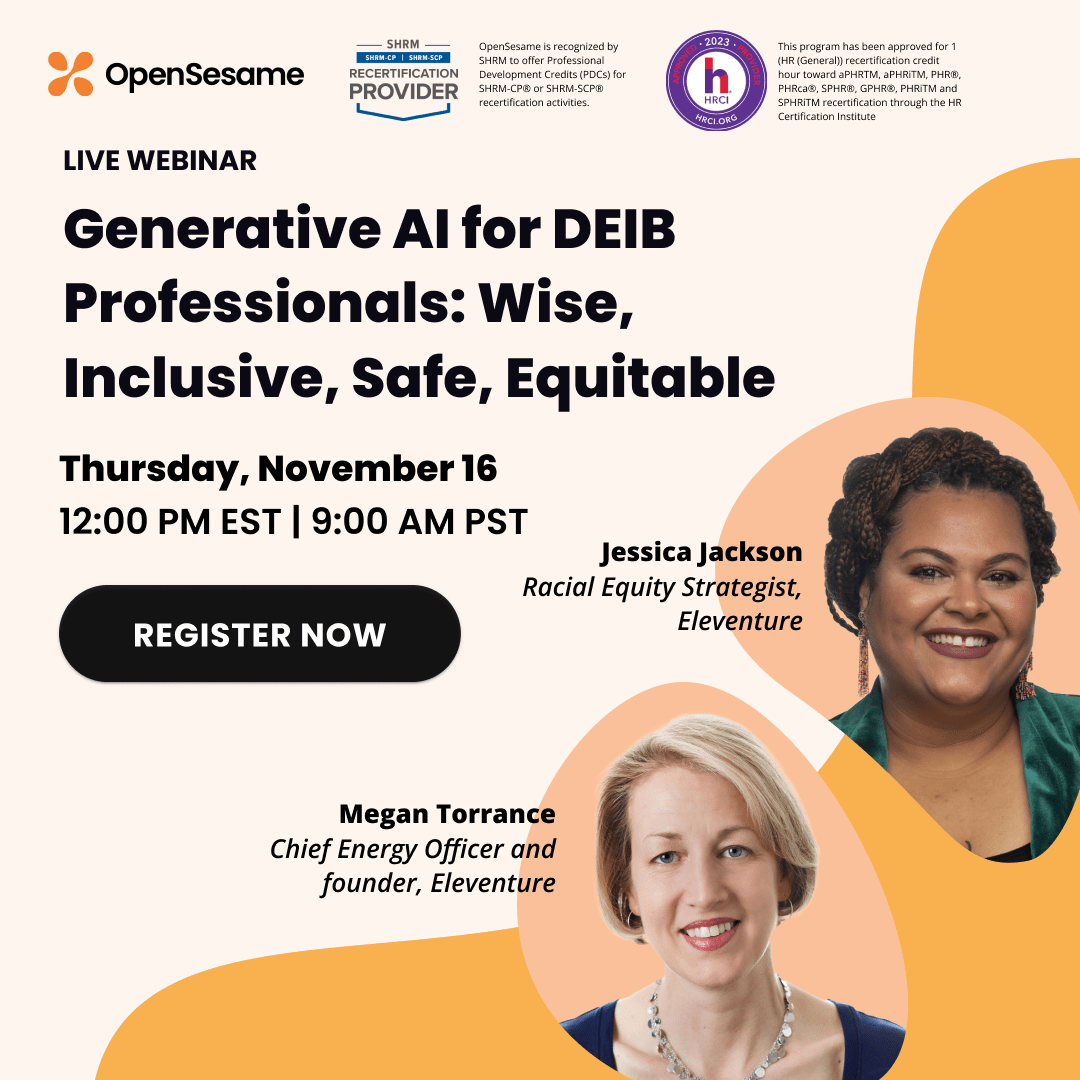Stating The Obvious
Diversity. It can mean different things to different people. One thing is for sure though, it’s a must-have for businesses these days. It’s a no-brainer that diversity brings more viewpoints and solutions into the workplace, but it also goes beyond your current workplace. Thanks to communication technologies, business interactions have become more global and more mobile every day. There is no denying diversity is crucial, but how does it really make a difference?
-
- Two-Dimensional diversity (2-D diversity): 2-D diversity is when inherited diversity (gender, ethnicity, sexual orientation, etc) is paired with experiential diversity (having worked in a foreign country, etc). 2-D diversity creates more communication, increases innovation and leads to teams working better together to solve business problems.
- Recruitment: According to Glassdoor, two-thirds of people polled say diversity is an important element when choosing a company.
- Avoid turnover: Since employees value diversity so much, if they see a lack thereof in the workplace they may choose to leave. Lack of diversity can also be linked to a hostile work environment, leading employees to quit.
- Capture more of the market: Organizations are more global than ever- the more diversity, the easier it is to market your company around the world to people of different backgrounds, religions, ethnicities, ages, and sexual orientations.
Making Diversity Work
So you’ve hired a diverse workforce, all is well and done, right? It looks good on paper but that’s because the measurement was easy– it was a headcount. The trickier metric of diversity is inclusion. Numerous studies have shown that diversity doesn’t always drive inclusion. In fact, there is often backlash resulting from diversity without inclusion. A CTI study found these statistics to prove the backlash by researching sponsorship of senior-level managers of different ethnicities:
“Research on sponsorship and multicultural professionals, for example, shows that although 41% of senior-level African-Americans, 20% of senior-level Asians, and 18% of senior-level Hispanics feel obligated to sponsor employees of the same gender or ethnicity as themselves (for Caucasians the number is 7%), they hesitate to take action. Sponsors of color, especially at the top, are hobbled by the perception of giving special treatment to protégés of color and the concern that protégés might not “make the grade.” The result: Just 18% of Asians, 21% of African-Americans, and 25% of Hispanics step up to sponsorship (and 27% of Caucasians).”
From this, CTI came up with a method to measure and quantify inclusiveness, leading them to discover the four main levers that drive inclusiveness:
-
- Inclusive leaders: This type of leader is made up of six elements. Making sure team members speak up and are heard, creating a safe space to propose ideas, empowering teams to make decisions, taking advice and actually implementing feedback, and sharing credit for team success.
- Allowing authenticity: Research found that 37% of African-Americans and Hispanics say “they compromise their authenticity”, while this is true of 45% of Asians surveyed.
- Networking and visibility: For women and people of color, getting to the top requires overcoming the hurdle of sponsorship; a senior-level exec that sees the true value in them and can pull them up the ranks with advocacy for promotions and key assignments.
- Clear career paths: For women, LGBTQ individuals, and people of color, it’s hard to see the next move. There are a number of reasons for this, but a couple that CTI found are that they’re simply being passed over for high-level assignments and that 45% of women have to leave the workforce to take care of children, and more.
Diversity really is more than just altering a head count. It’s the ability to allow people with unique backgrounds to feel unified, in and out of the workplace. To learn more about improving and implementing diversity in the workplace, check out the 275+ inclusion and diversity courses on OpenSesame. Also, make sure to read the full Harvard Business Review articles to learn more about how diversity can drive innovation and how it doesn’t stick without inclusion.
About the author: Parker Abena, a summer marketing intern at OpenSesame, is a senior at the University of Nebraska-Lincoln. He looks forward to moving out to the PNW after school.




